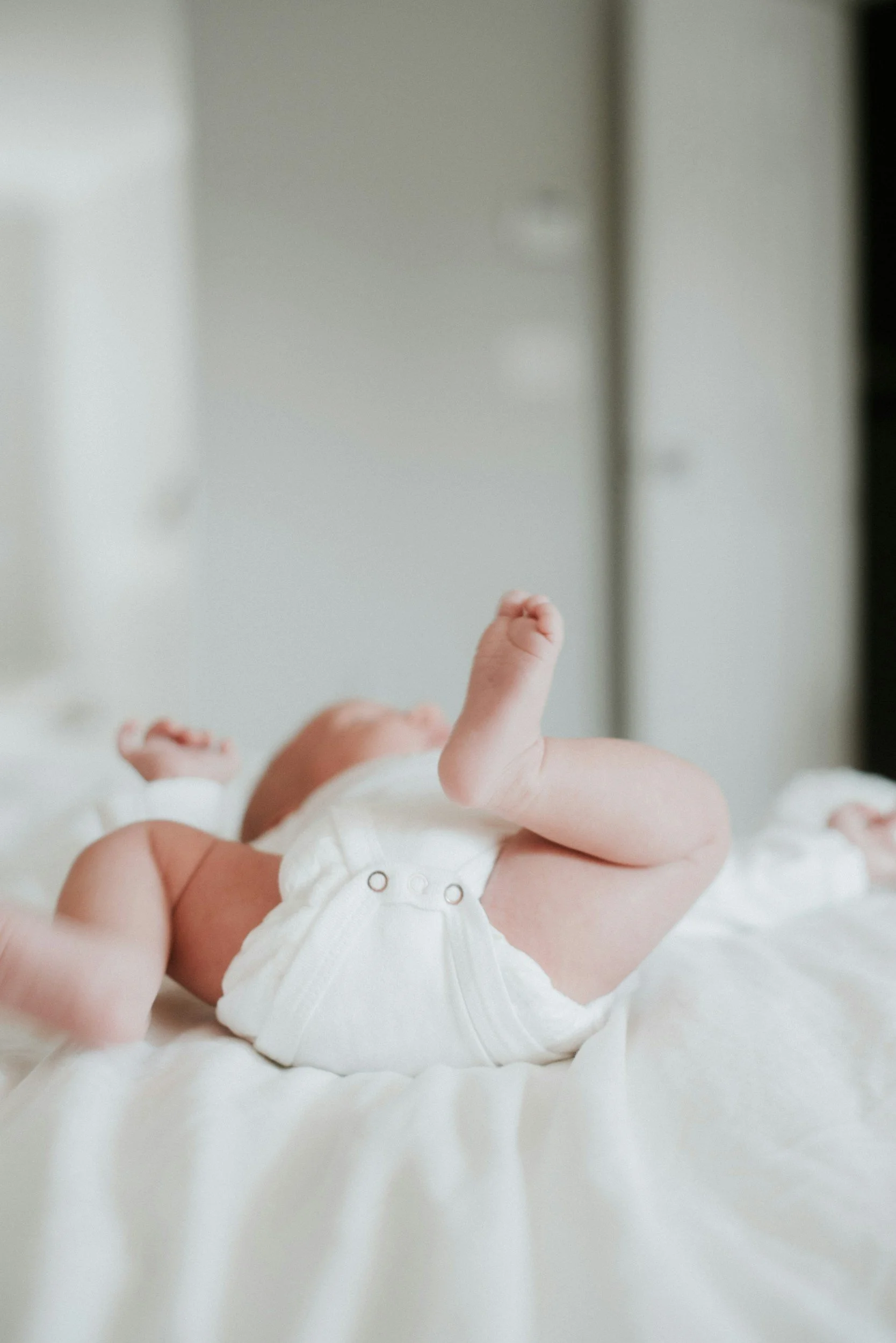
Diaper Evaluation Framework
*
Diaper Evaluation Framework *
What We Evaluate
1. Full Materials Transparency
We require full ingredient and material disclosure across all diaper components, including:
Topsheet
Acquisition layer (if applicable)
Absorbent core (including pulp and superabsorbent polymers [SAPs])
Backsheet
Leg cuffs
Leak Guards
Wetness indicators
Adhesives, elastics, coatings, colorants, and packaging
Fragrances or Lotions (Optional)
Each component must be listed by its generic material name and include percentage by weight.
We also assess supplier documentation and look for trusted third-party certifications (such as OEKO-TEX® and FSC) to validate supply chain integrity.
2. Ingredient Safety
We prohibit all intentionally added substances included in our evolving No-Go List™—a science-driven list of known or suspected hazardous chemicals informed by global research and ingredient safety data.
Diapers submitted for review must not include any intentionally added substances listed on our No-Go List™ in any part of the product, including top/bottom sheets, absorbent cores, adhesives, SAPs, or wetness indicators. Common examples include:
Fragrance (synthetic or naturally derived)
Parabens
Phthalates
Flame retardants
PFAS compounds (long- and short-chain)
Latex
Formaldehyde
Pesticides
Optical brighteners
Skin-conditioning agents or added lotions
VOCs
Dyes, pigments, or inks in any layer that contacts skin
Endocrine-disrupting compounds
Nanoparticles not fully characterized for infant dermal exposure
Allergens
Biocides / Antimicrobials
Testing Requirements:
Third-party testing or COAs must confirm that any residual harmful substances and degradation by-products are below levels of concern for human health.
Detection limits must be provided
3. Absorbent Core & Pulp
Must be Totally Chlorine Free (TCF) and 90%+ FSC-certified (or equivalent).
The bleaching process and origin of pulp must be documented.
Third-party test results should confirm non-detectable levels of dioxins, furans, and other chlorinated by-products (AOX screening or EPA Method 1613 preferred).
4. Wetness Indicator Standards
If included, must be free from halogenated dyes and quaternary ammonium compounds.
Accompanied by analytical confirmation.
5. Manufacturing Integrity
We expect documentation of responsible manufacturing practices, including hygiene protocols, raw material traceability (batch origin, lot numbers), and supplier attestations for ingredient quality and regulatory compliance. While we don’t require third-party audits, certifications such as ISO 9001 or GMP strengthen a brand’s application and consumer trust.
6. Additional Safety Considerations/Endpoints of Concern
Products intended for preterm infants, NICU use, or extended wear (e.g., overnight) must include appropriate risk assessments or extended testing to ensure safety for prolonged skin contact.
Sensitization testing: Recommend human patch testing or validated in vitro assays (e.g., OECD TG 439, 442C) for top sheet and lotion-contacting layers.
Inhalation Exposure Risk:Diapers should undergo VOC emission testing (e.g., GC-MS headspace analysis), and exposure levels must remain below thresholds of concern for infant health.
Recommend leachability testing of chemical additives under simulated diaper-use conditions (e.g., using synthetic urine or sweat). This helps estimate realistic infant exposure from absorbent and skin-contacting layers.
Microbiome-friendly: Avoid antimicrobial agents that could disrupt infant skin microbiota. If used, documentation must demonstrate microbiome-neutrality or specificity.
Cumulative Exposure: Acknowledge enhanced transdermal absorption in occluded environments; repeated exposure should be assessed with a toxicokinetic context.
7. Lifecycle & Sustainability
Encourage full lifecycle transparency, including disposability, compostability, or landfill impact.
Require disclosure of any persistent or bioaccumulative substances that may leach post-disposal.
Evaluation Process
To initiate the review, brands must complete a product submission form and provide a comprehensive materials list detailing each component of the diaper—including generic material names and percentage by weight. Relevant safety documentation, such as third-party certifications and testing results, should be included where applicable.
Once submitted, Sorette will evaluate the product against our standard, which encompasses ingredient safety, materials transparency, and manufacturing integrity. Additional documentation or clarification may be requested during the review process.
Timelines vary based on product complexity and the completeness of the initial submission. Products that meet our criteria are eligible to license the Sorette Seal of Approval and may be included in our curated Baby & Kids capsule collection on ShopSorette.com.
Let’s work together.
Interested in working together? Fill out some info and we will be in touch shortly! We can't wait to hear from you!
